Chie Hieida
Study of Emotion Concept Formation by Integrating Vision, Physiology, and Word Information using Multilayered Multimodal Latent Dirichlet Allocation
Apr 12, 2024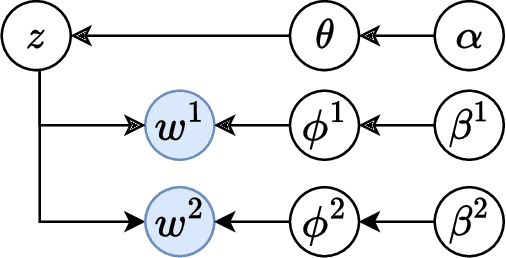
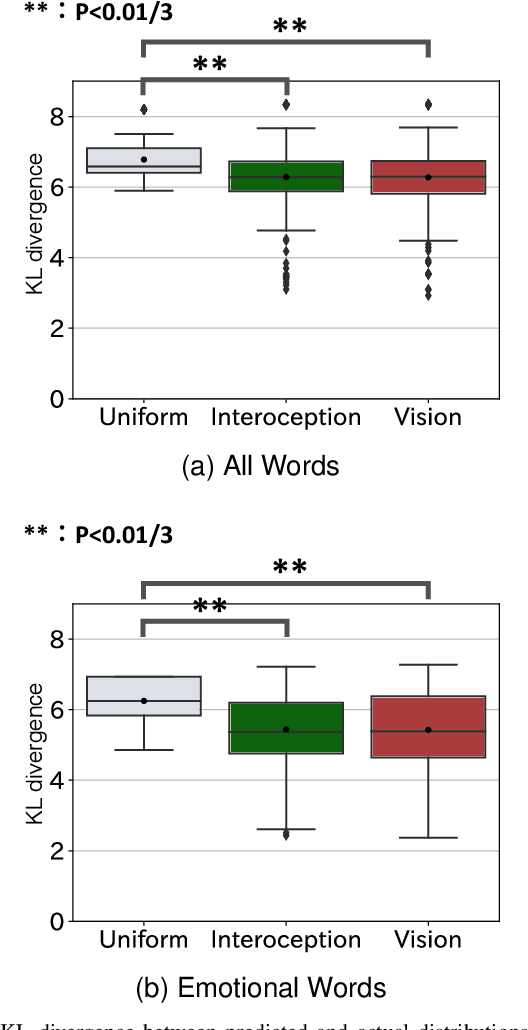
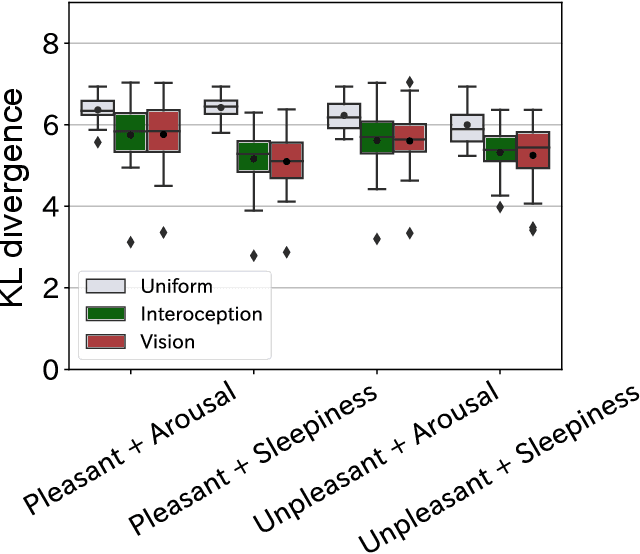
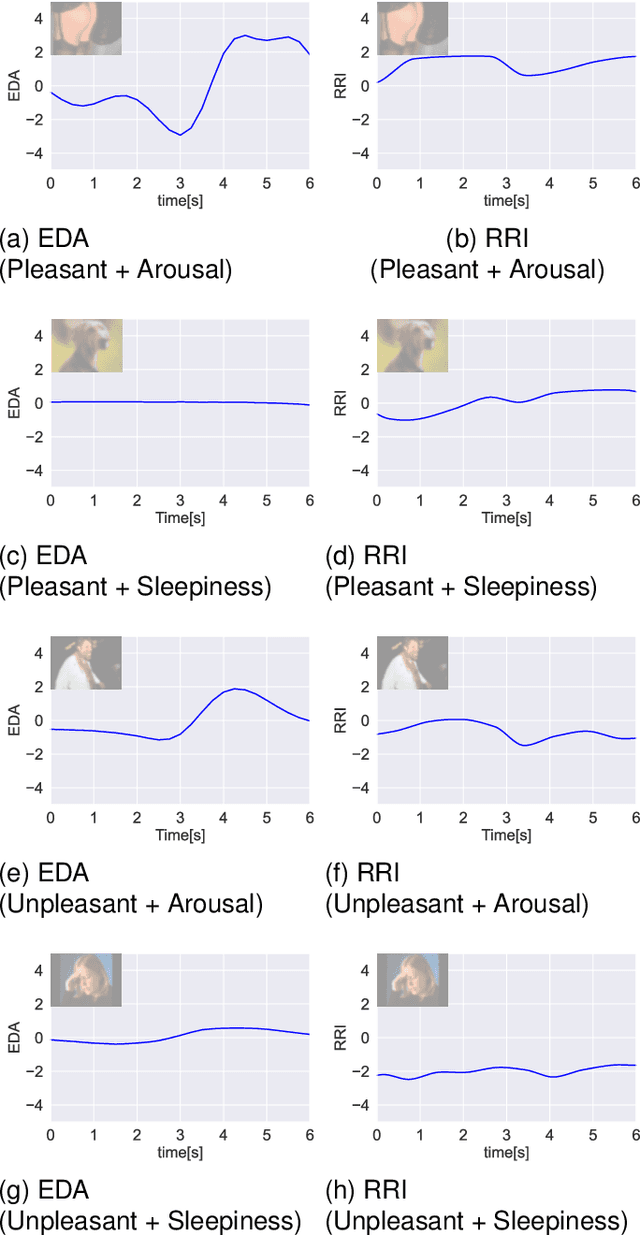
Abstract:How are emotions formed? Through extensive debate and the promulgation of diverse theories , the theory of constructed emotion has become prevalent in recent research on emotions. According to this theory, an emotion concept refers to a category formed by interoceptive and exteroceptive information associated with a specific emotion. An emotion concept stores past experiences as knowledge and can predict unobserved information from acquired information. Therefore, in this study, we attempted to model the formation of emotion concepts using a constructionist approach from the perspective of the constructed emotion theory. Particularly, we constructed a model using multilayered multimodal latent Dirichlet allocation , which is a probabilistic generative model. We then trained the model for each subject using vision, physiology, and word information obtained from multiple people who experienced different visual emotion-evoking stimuli. To evaluate the model, we verified whether the formed categories matched human subjectivity and determined whether unobserved information could be predicted via categories. The verification results exceeded chance level, suggesting that emotion concept formation can be explained by the proposed model.
Survey and Perspective on Social Emotions in Robotics
May 20, 2021
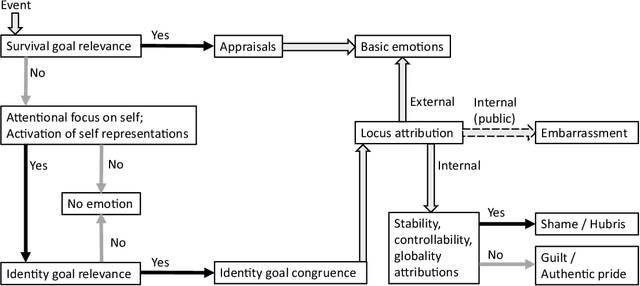
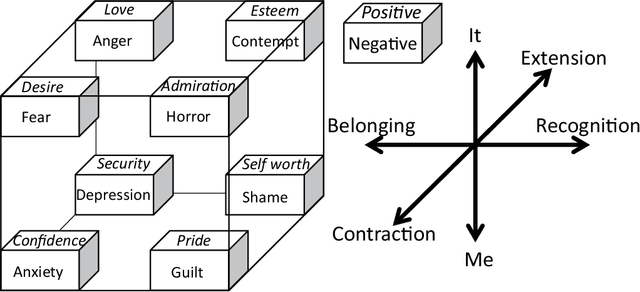
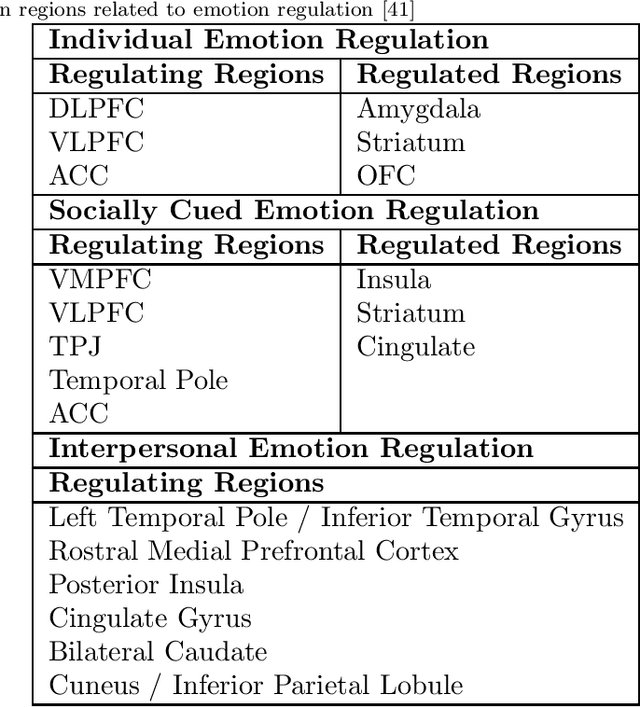
Abstract:This study reviews research on social emotions in robotics. In robotics, emotions are pursued for a long duration, such as recognition, expression, and computational modeling of the basic mechanism behind them. Research has been promoted according to well-known psychological findings, such as category and dimension theories. Many studies have been based on these basic theories, addressing only basic emotions. However, social emotions, also called higher-level emotions, have been studied in psychology. We believe that these higher-level emotions are worth pursuing in robotics for next-generation social-aware robots. In this review paper, while summarizing the findings of social emotions in psychology and neuroscience, studies on social emotions in robotics at present are surveyed. Thereafter, research directions towards implementation of social emotions in robots are discussed.
Deep Emotion: A Computational Model of Emotion Using Deep Neural Networks
Aug 25, 2018
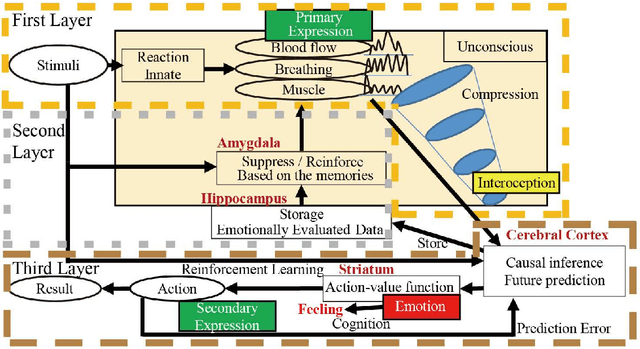
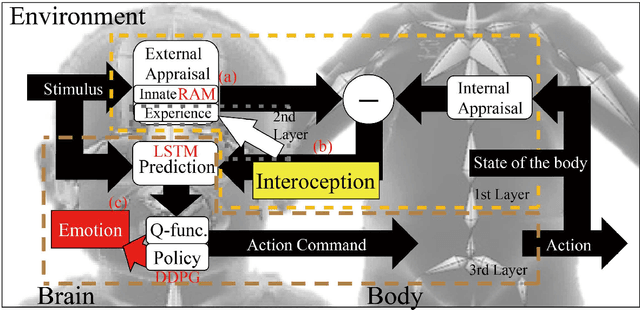

Abstract:Emotions are very important for human intelligence. For example, emotions are closely related to the appraisal of the internal bodily state and external stimuli. This helps us to respond quickly to the environment. Another important perspective in human intelligence is the role of emotions in decision-making. Moreover, the social aspect of emotions is also very important. Therefore, if the mechanism of emotions were elucidated, we could advance toward the essential understanding of our natural intelligence. In this study, a model of emotions is proposed to elucidate the mechanism of emotions through the computational model. Furthermore, from the viewpoint of partner robots, the model of emotions may help us to build robots that can have empathy for humans. To understand and sympathize with people's feelings, the robots need to have their own emotions. This may allow robots to be accepted in human society. The proposed model is implemented using deep neural networks consisting of three modules, which interact with each other. Simulation results reveal that the proposed model exhibits reasonable behavior as the basic mechanism of emotion.
 Add to Chrome
Add to Chrome Add to Firefox
Add to Firefox Add to Edge
Add to Edge